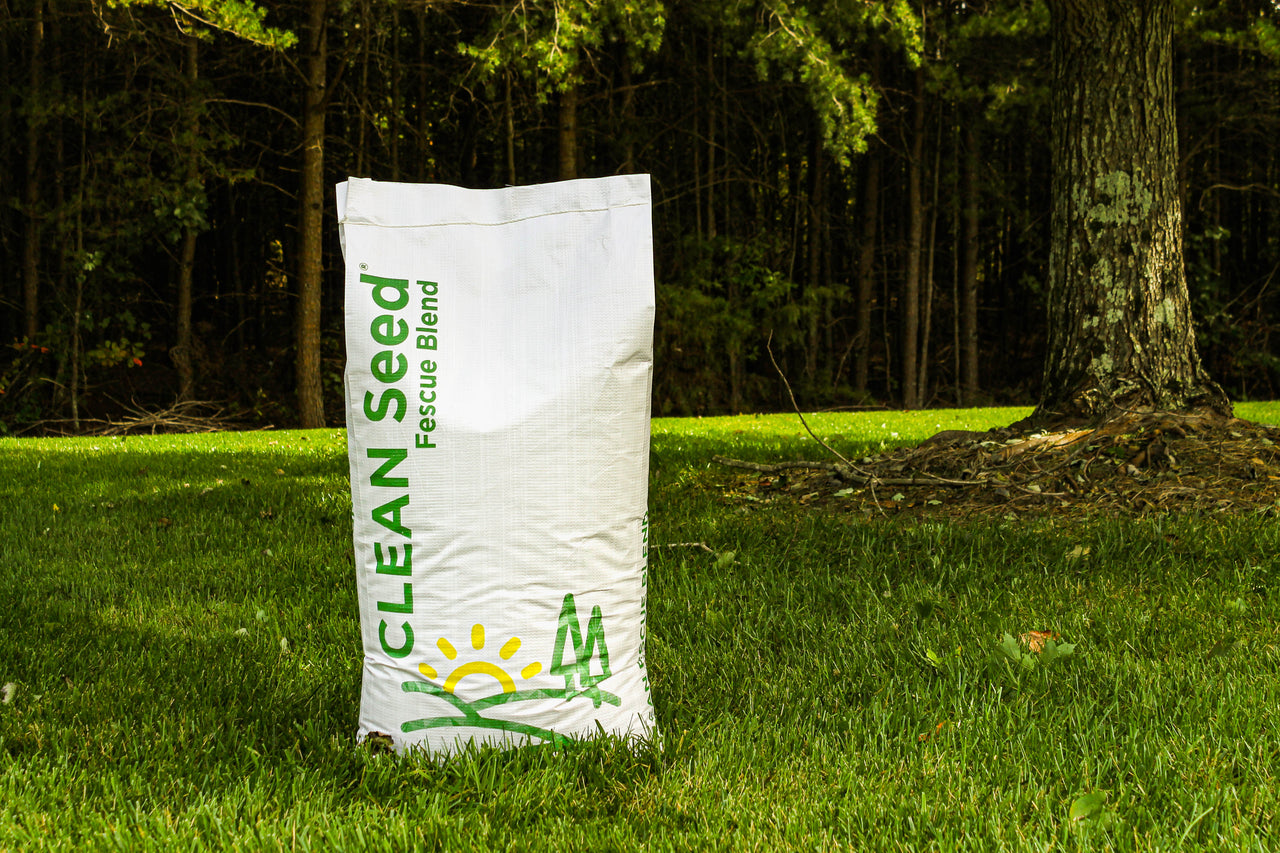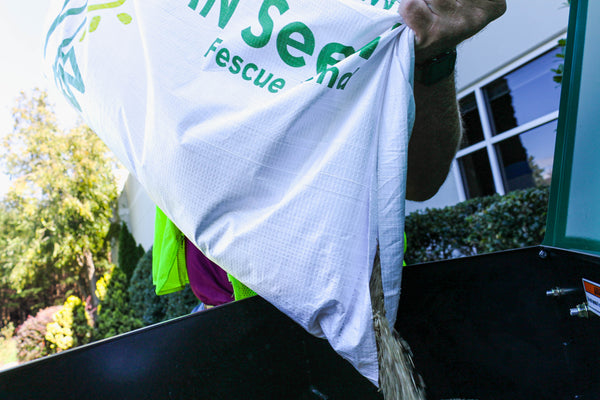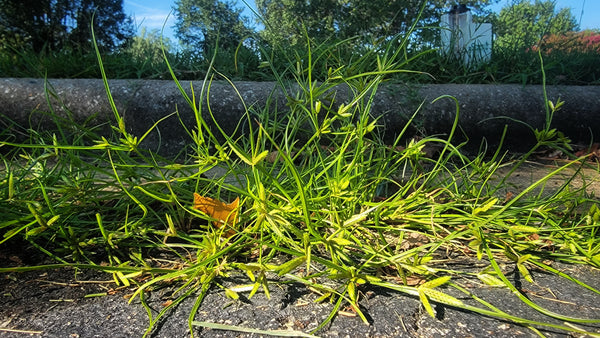Wanting to start over with your lawn or just improve the existing grass? Clean Seed Fescue Blend gives you the flexibility to start fresh or interseed in your existing lawn. This three-way blend of the highest-end fescue varieties does a wonderful job giving you the lawn of your dreams.
When we created Clean Seed, we wanted a blend of fescue that stood out not only for its dark green color but also for not having weed seed or other weed crop. This keeps your lawn from unwanted weeds that can be tough to remove.
Why Another Fescue Blend
While you might be overwhelmed with the vast number of choices of new seed, Clean Seed is a solid blend that performs well in many situations. Each blend that you come across might be marketed differently, but even if these blends might sound good, they can include unwanted weed seed. This can cause future problems for you as you try to find products to remove these pesky weeds.
The Clean Seed promise is that you are getting pure seed, no weed seed and no other crop seed. Keeping your yard clean from unwanted hard-to-control weeds like poa, Italian ryegrass, and more.

How to Use: Starting a New Lawn
When planting fescue, it is important to follow these tips for the best results. Fescue is best grown with good seed-to-soil contact. It is best to plug with an aerator or use a slit seeder to insert the seed in the ground.
With a new lawn, after grading is complete, use an aerator to plug holes in the ground and apply seed, starter-type fertilizer, and water to the ground. Some people prefer spreading seed before aerating, use whichever method you prefer.
The key to good germination is keeping the soil bed wet. With complete bare ground, it is best to apply straw or Penn Mulch to the area to keep moisture from evaporating during the middle of the day. With new seedlings, watering should be frequent as needed to keep soil bed moist. Once the seed has germinated and new grass is starting to establish, slowly reduce watering to once per week with around an inch of water.

How to Use: Renovating an Existing Lawn as a New Lawn.
Renovating a lawn may be necessary to remove troublesome weeds like bermuda, poa trivilas, and other tough weeds. Renovations can be done manually or by chemicals. If you decide to do it manually by tilling the soil, use the same steps above once you have smoothed the soil out.
If you decide to go the chemical route, spray the entire lawn with Roundup or Finale. Some universities recommend during this three times with 3 weeks between an application. This will ensure that any regrowth from vegetation will be killed out.
Once you have chemically killed out everything in your lawn, follow the steps above.
Why would you choose chemical renovation over manual? Whenever the soil is disturbed the natural response of the soil is to cover itself. This means you will see various annual weeds popping up to prevent erosion. If you choose chemical renovation, the soil will not be disturbed making it less likely for weed growth to occur.
The same rule applies when plugging or using a slit seeder, because you are disturbing the soil. But this way is much better due to only a small portion being disturbed instead of the whole area.
How to Use: Interseeding an Existing Lawn
Turf-type tall fescue requires reseeding every year due to reduced stand from diseases, summer stress, insect damage, and equipment damage. Because turf-type tall fescue does not spread like other grasses, planting new seedling is necessary.
Clean Seed Fescue Blend can be interseeded into an existing lawn and will look very similar to many top blends out on the market. It will definitely look different if you have been using a forage type tall fescue like KY 31. For the best aesthetics a lawn renovation will be necessary.
When interseed, watering should be done in the mornings to reduce unwanted disease pressure on existing grass. The existing grass will act as a cover like straw. If you have larger patches, these spots may need Penn Mulch or straw to keep the soil moist.




